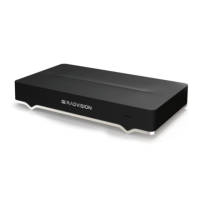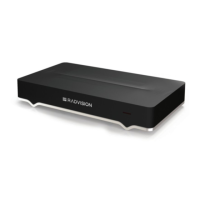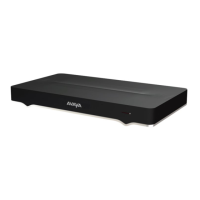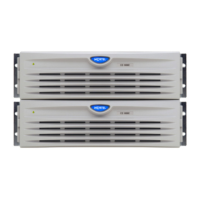4. Access the IP address. From the endpoint's main menu, select either GLAN 1 or GLAN 2.
From the XT Series web interface, select GLAN 1 or GLAN 2 > Addresses.
Figure 86: Configuring IP addresses from the web interface
5. Enter the following fields:
Table 31: Configuring the IP address
Field Name Description
IP Address Mode or
Automatic IP Address
Determines if the IP address is dynamically allocated (using DHCP), or if
you manually designate a static IP address. You must use only static
addresses for:
• XT Telepresence deployments
• Units on a public network
• SIP deployments where the unit is secured with a TLS certificate, if the
certificate request has been tied to a specific IP address.
IP address Enter the system static IP address. For dynamic IP addresses, this field
displays the current IP address.
Subnet mask Enter the subnet mask associated with the IP address. For dynamic IP
addresses, this field displays the current subnet mask.
Gateway (IP Address) Enter the default gateway static IP address. The gateway is used to route
information between two subnets, for example, between the headquarters
and a partner site. For dynamic IP addresses, this field displays the
current gateway IP address.
DNS (Server IP
Address)
Enter the DNS server IP address. The DNS server translates domain
names into IP addresses. For dynamic IP addresses, this field displays
the assigned DNS server IP address.
For web collaboration and cloud connection to Avaya Equinox
Management, you must insert a valid DNS address.
6. From the web interface only, select Save.
Advanced Configuration of the XT Series
January 2017 Avaya Scopia
®
XT Series Deployment Guide 134
Comments on this document? infodev@avaya.com

